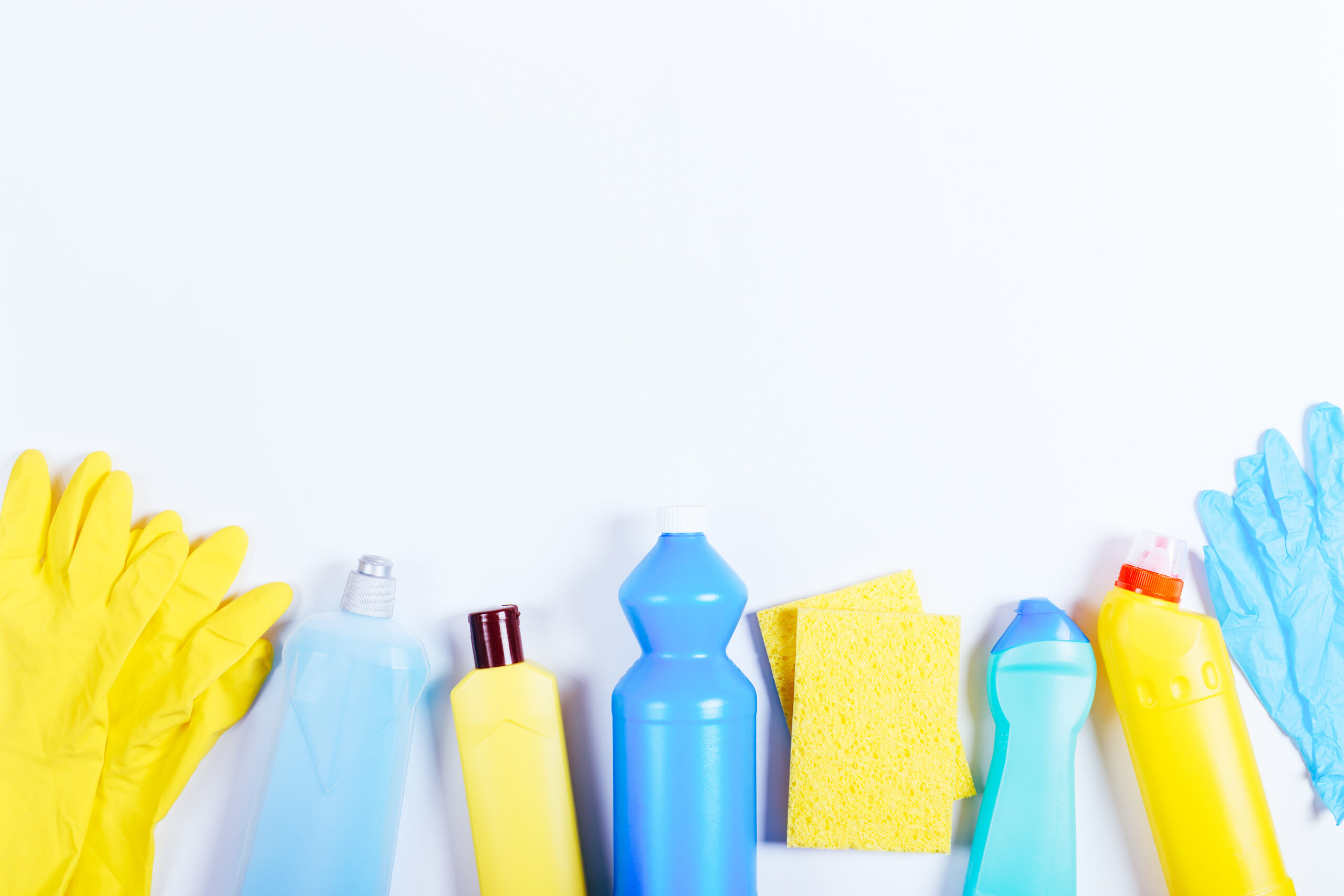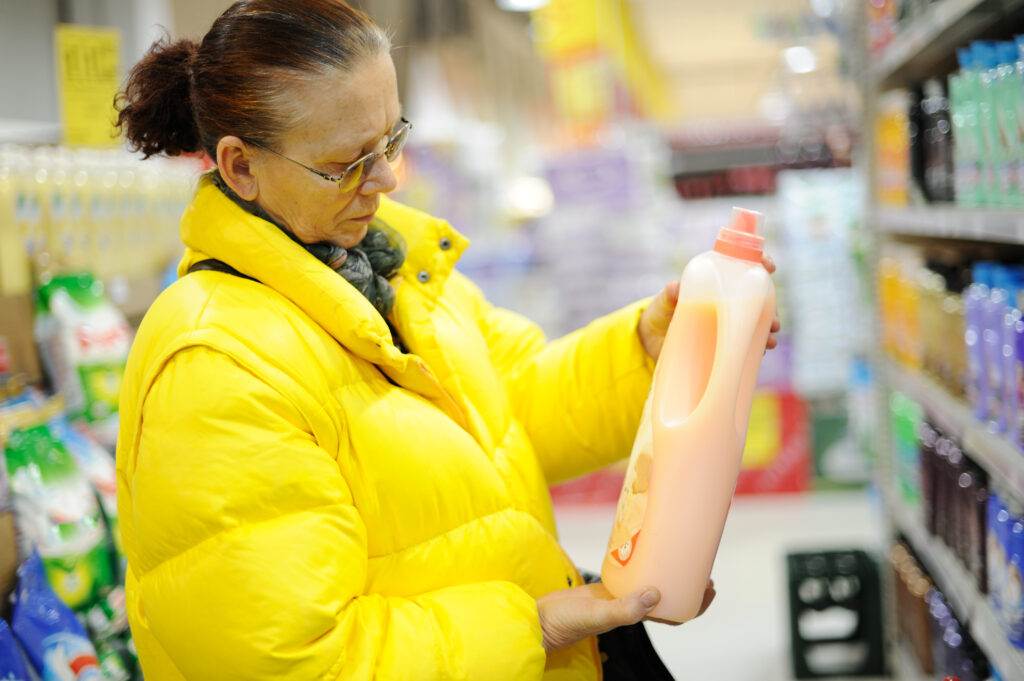Disinfection and deep cleaning are becoming increasingly important in today’s world, where the spread of viruses and bacteria can quickly lead to outbreaks. With the COVID-19 pandemic still affecting people globally, it has become crucial to take extra precautions when it comes to public health. One way to do this is by disinfecting surfaces that we come into contact with regularly.
Introduction to Disinfection and Deep Cleaning
Disinfectants are chemical agents that kill or prevent the growth of microorganisms on a surface. They work by destroying the cell walls of bacteria, viruses, fungi, and other pathogens. Deep cleaning involves using these products along with physical methods like scrubbing and wiping to remove dirt and grime from surfaces. This process not only removes visible debris but also kills any hidden germs lurking beneath the surface.
The Importance of Disinfecting in Public Spaces
Public spaces such as schools, hospitals, airports, and shopping centers are hotspots for the transmission of infectious diseases. When large groups of people congregate in one place, they unknowingly share their germs with others through touching common surfaces like door handles, elevator buttons, and handrails. By disinfecting these areas regularly, we can reduce the risk of cross-contamination and help keep our communities safe from illnesses.
How to Effectively Disinfect Your Home or Workplace
To effectively disinfect your home or workplace, you need to follow some basic steps. First, identify all the surfaces that require attention, including countertops, doorknobs, light switches, and telephones. Next, choose an appropriate disinfectant based on its label instructions and dilute it according to the manufacturer’s guidelines. Then, apply the solution liberally onto the targeted area and let it sit for at least five minutes before wiping off with a clean cloth. Finally, dispose of the used cloth properly to avoid contaminating other surfaces.
Common Myths About Disinfectants Debunked
One common myth about disinfectants is that they are dangerous to use around children and pets. While it’s true that certain chemicals can be hazardous if ingested or touched directly, most modern disinfectants have been tested for safety and are designed to be used safely around humans and animals. Another misconception is that disinfectants are no longer necessary during the pandemic since everyone is wearing masks and practicing social distancing. However, even with these measures in place, there is always a chance of exposure to germs, making disinfecting a vital part of maintaining public health.
In conclusion, disinfecting and deep cleaning should be a regular practice in both public and private spaces. By following proper protocols and dispelling common myths, we can stay protected from infectious diseases and promote better overall health.


